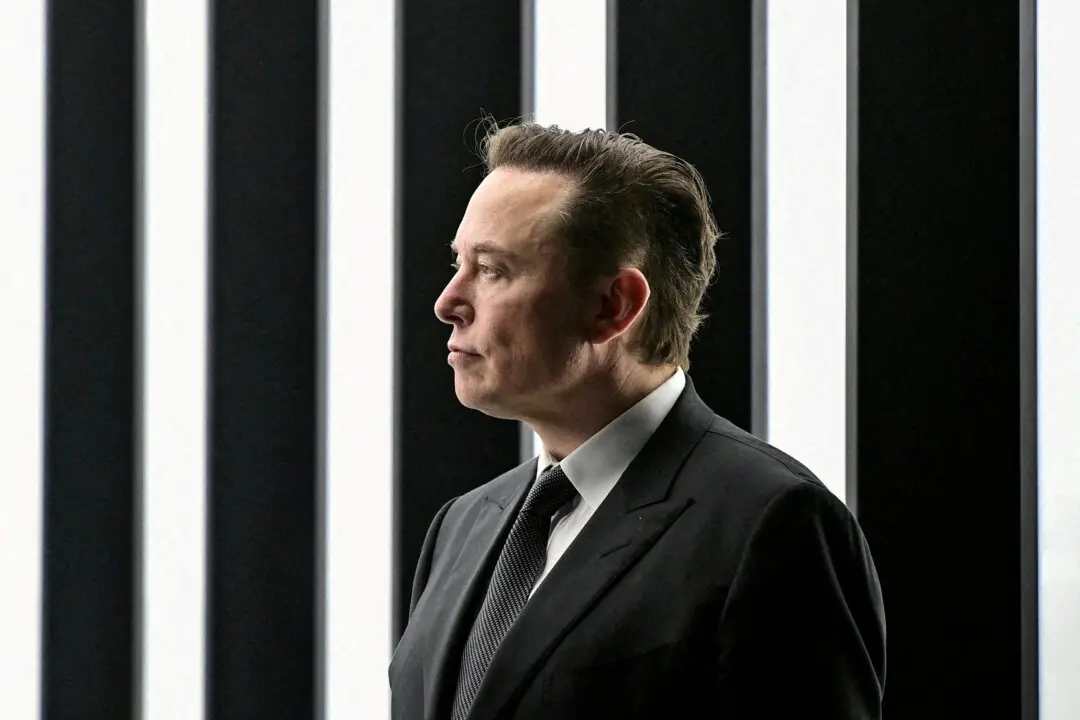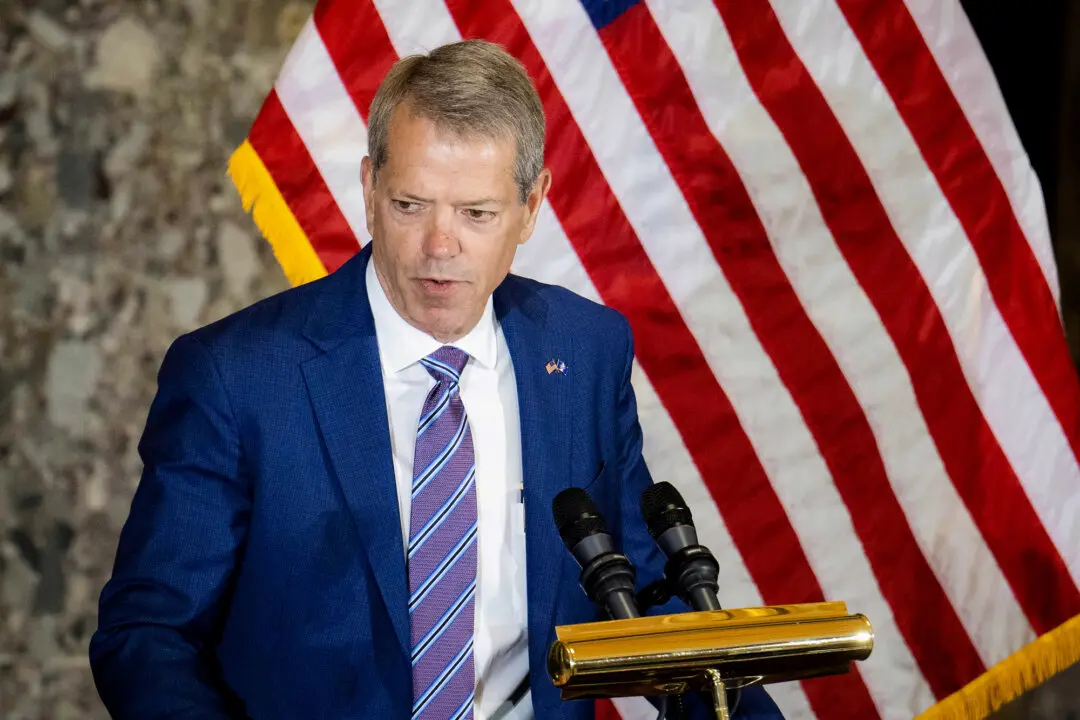The Hudson River tunnel project that’s part of the Gateway program will receive $6.9 billion in federal money, Biden administration officials have announced.
“I’m thrilled to announce the new Gateway tunnel will receive $6.88 BILLION thanks to our infrastructure law,” Sen. Chuck Schumer (D-N.Y.) said in a post on social media, referring to the $1.2 trillion or so infrastructure bill President Joe Biden signed into law in November 2021.





